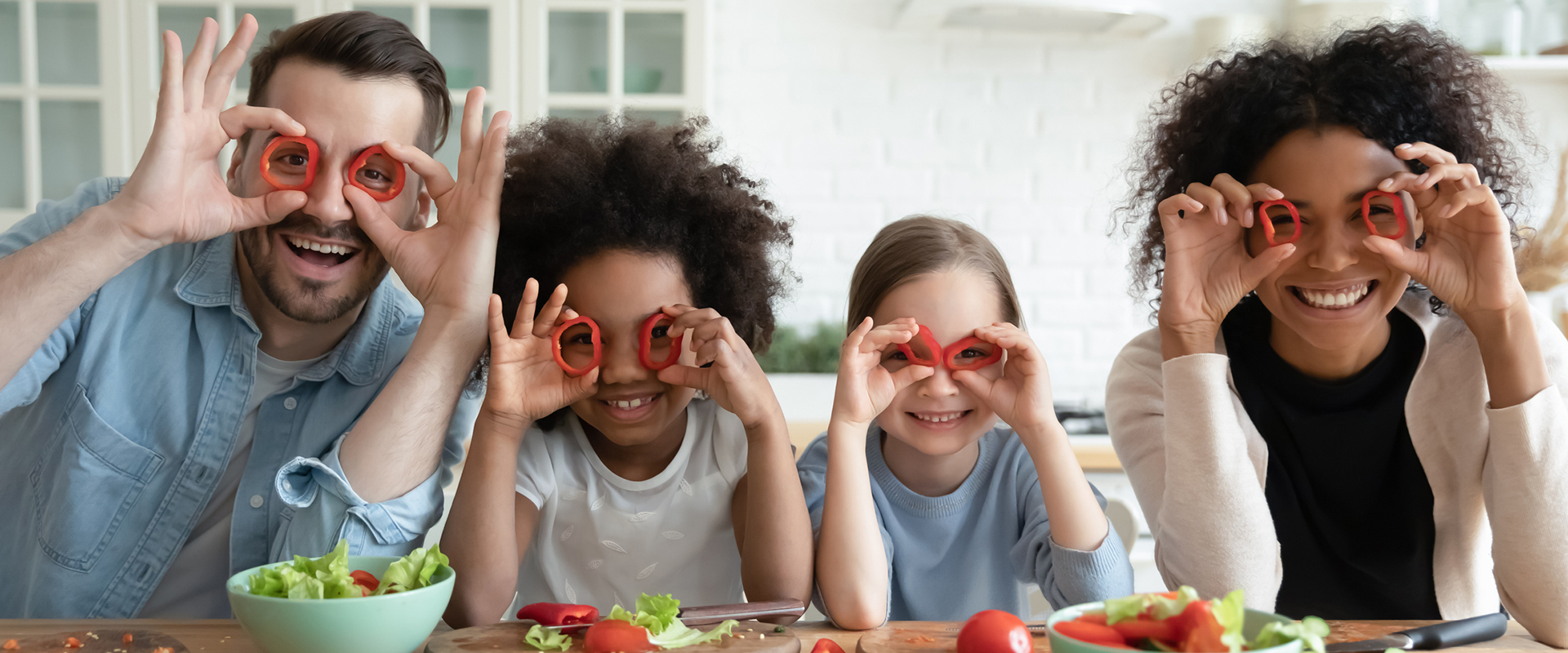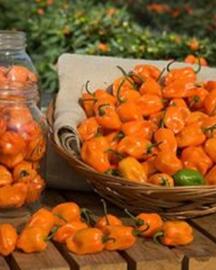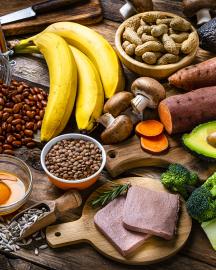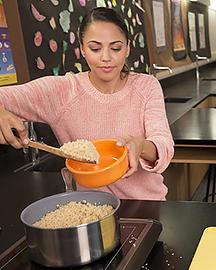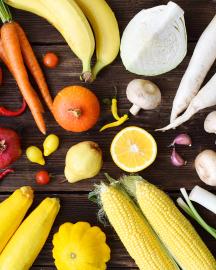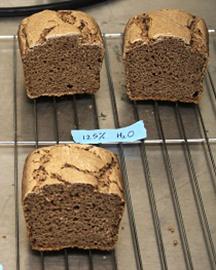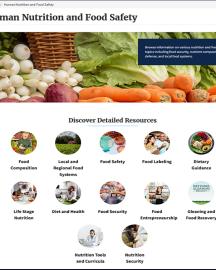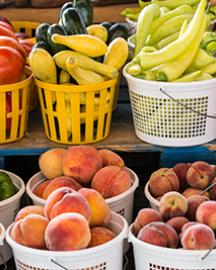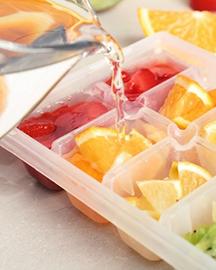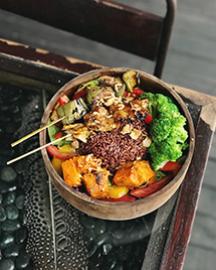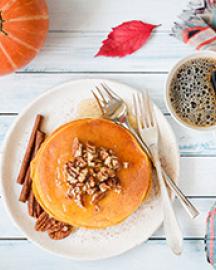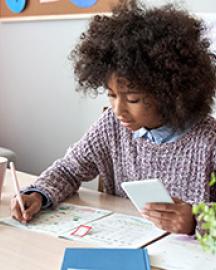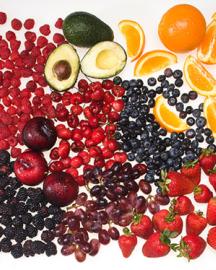According to ARS scientists, a recently discovered compound in peppers may help counter the adverse effects of some diabetes medications.
There is no shortage of nutritional guidance and recommendations on the web, including across our social media channels. But how do you separate fact from fiction in the online, social media nutrition universe?
Researchers examined the ability of colored rice bran extracts to stimulate glucose uptake.
Get cooking with these great recipes from Cooking with Science!
Sorghum bran could provide both good flavor and nutritional value to gluten-free breads.
What do your food plates look like, and how do they compare to the USDA’s MyPlate? Let’s find out.
How do you know if the food you eat is nutritious? Take the Nutrition Challenge, to find out.
The National Agricultural Library is making it easier to stay up-to-date with new nutrition research!
Test your knowledge of late summer fruits and vegetables at your local farm or farmers market. How many can you find?
Add color and flavor to your water by making fruity ice cubes at home.
Did you know there are five food groups that help us stay healthy? Just download, print and get coloring!
The USDA has an app, called Food Keeper, to help you learn how to store the foods that you eat properly!
Did you know that popcorn is a 100 percent whole grain? Learn more about popcorn.
Do you know what food groups are part of a healthy plate? MyPlate can help you build a healthy eating routine and can be used for kids and adults of all ages!
The bacteria that live and work together to keep you healthy are called the “gut microbiota.”
With some planning, it is easy to combine plant-based foods throughout the day.
Healthy snacks can give you energy when you are hungry between meals.
Starting the day with a healthy breakfast can help you stay focused and energized while learning.
Healthy eating is healthy living with these online tools.
Nutrition experts Dr. Patrice Armstrong and Colleen Sideck, from the Food and Human Nutrition Information Center, answer questions and provide tips
The Nutrition Facts label provides a suggested serving size and can help you learn how much of each nutrient you are eating.
Discover what the different vitamins and minerals do and how to choose foods that contain them.



